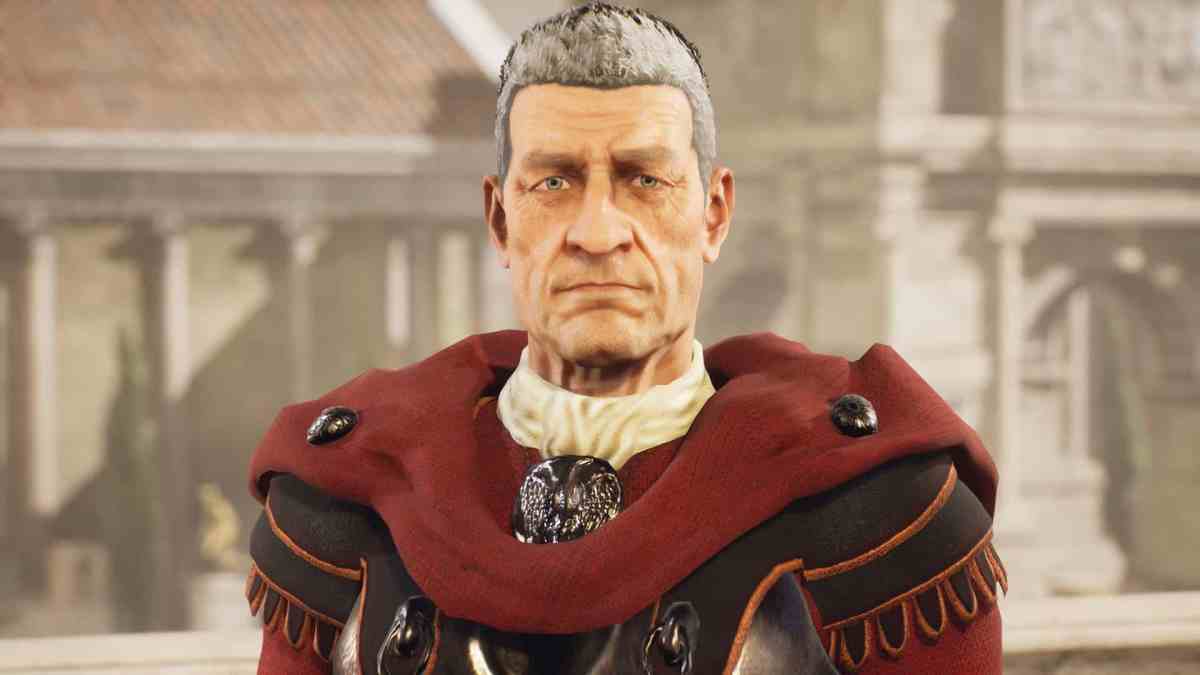After winning a national screenwriting award, lawyer-turned-narrative designer Nick Pearce threw everything he had at creating and launching his game, The Forgotten City, on just about every modern platform. He was rewarded with the game becoming one of the most critically acclaimed releases of 2021.
His journey, however, was far from a smooth one. Much like the mythological time-looping mystery game he created, the laborious development process was filled with twists and challenges at every step.
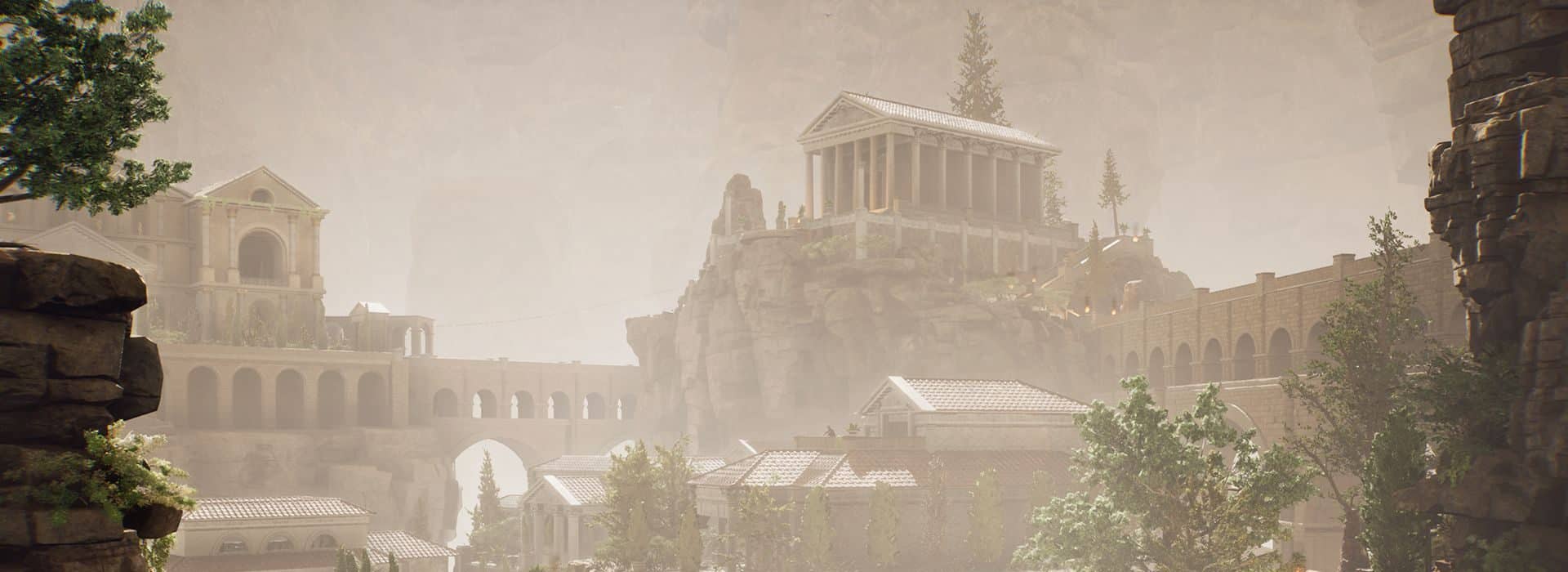
Early Success and Challenges
In 2016, Pearce won an AWGIE, a national screenwriting award from the Australian Writers’ Guild, for The Forgotten City, then a mod of Bethesda’s 2011 epic role-playing game The Elder Scrolls V: Skyrim.
Pearce became obsessed with modding after playing New Vegas Bounties, a fan-made questline for Fallout: New Vegas, and made The Forgotten City while working full-time as a regulatory strategy advisor for a big government business enterprise.
Popular among PC gamers, modding lets you augment existing games such as Skyrim with various changes. Visual enhancements and additional gameplay features are common to find, but in Pearce’s case, mods can also use a game to form a basis for implementing brand new stories and experiences.
Hosted across popular modding hubs such as Nexus Mods and Steam Workshop, The Forgotten City found success as one of Skyrim‘s most downloaded narrative-based mods of all time. As of writing, it’s had nearly four million downloads and counting.
The Forgotten City mod caught the eye of major videogame publications at the time, suggesting it was worthy of being its own game. Pearce didn’t take the idea too seriously until he had a beer with League of Geeks co-founders Trent Kusters and Blake Mizzi, who encouraged him to look into transforming the mod into something that stood on its own feet.
‘At the time, I hadn’t really given [making a standalone game] any thought, mainly because the obstacles in the way just seemed insurmountable,’ Pearce said. ‘I didn’t have a budget, I had a full-time job, was already quite busy, and I didn’t know anything about making standalone games.’
To test the viability of putting more work into The Forgotten City, Pearce conducted a random survey of 200 people who had played the mod. More than 90% of respondents indicated they were interested in a standalone game.
Plenty of obstacles remained in the way, but Pearce saw a path forward, formed the independent studio Modern Storyteller, and commenced making a game professionally.
‘Walking away from an established career and a good salary to make videogames – which is an inherently risky proposition – that was the most difficult decision I’ve ever had to do. But I had this burning desire to make games and this was the only way I could do it.’
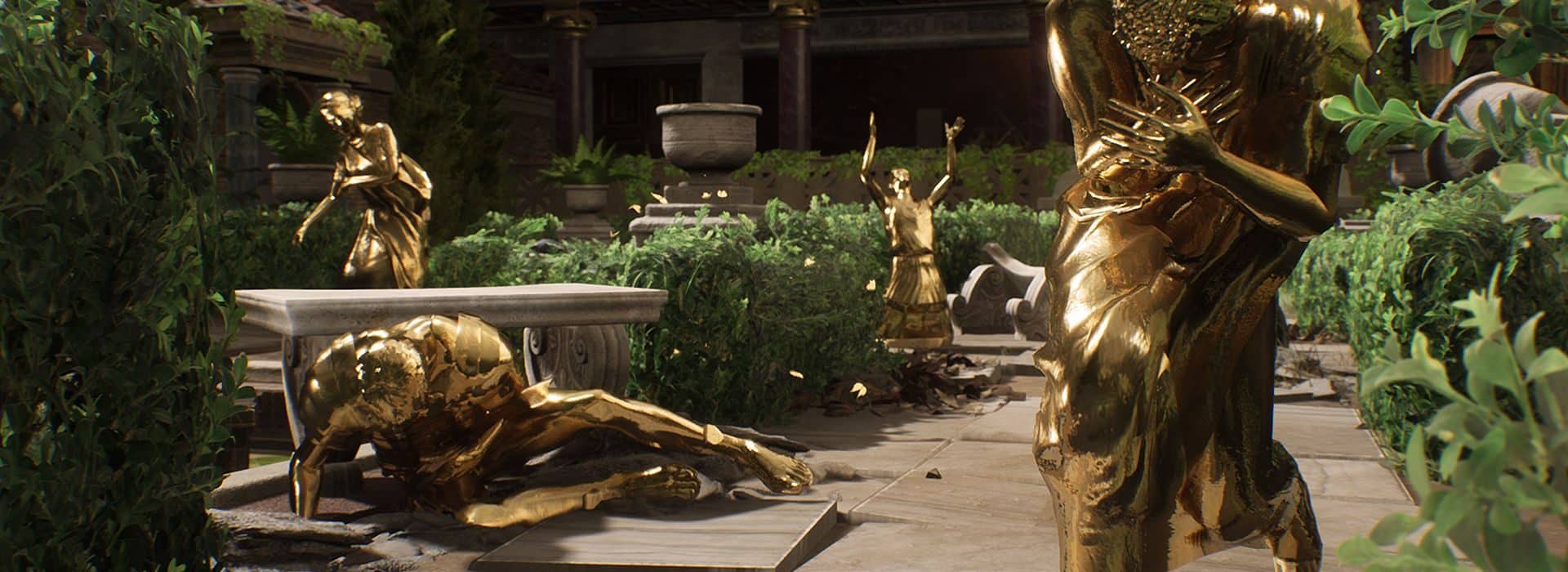
The High-Wire Act of Game Development
Many moments of good fortune resulted in The Forgotten City seeing the light of day, which Pearce readily acknowledged.
‘A lot of things have gone right – for [The Forgotten City] to get to the point it is at the moment,’ Pearce said. ‘The entire thing feels like a sort of a high-wire act; there were so many gusts of wind that could easily have just toppled the whole thing.
One early roadblock of major concern came in the form of disentangling Pearce’s own intellectual property from the mod. If The Forgotten City stood any chance of existing beyond Bethesda’s bounds, it needed to remove everything linking the game to Skyrim: including any mentions in promotional material.
Due to the nature of the arrangement, Pearce was careful to avoid mentioning Bethesda or Skyrim and couldn’t elaborate on the details other than a US-based lawyer specialising in intellectual property helped to secure a limited consent agreement making The Forgotten City possible as an independent entity.
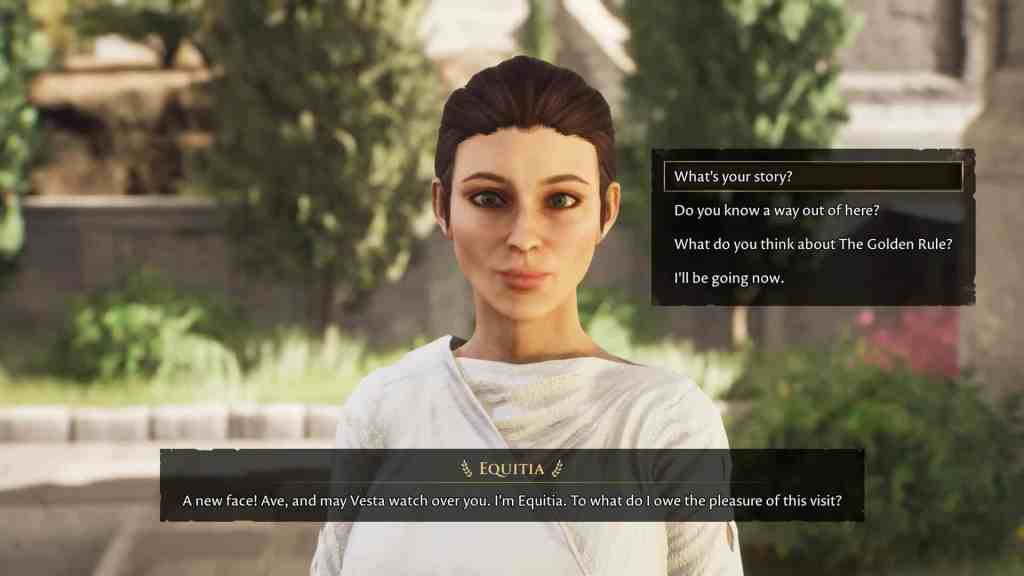
Another dilemma was that while the mod clearly proved Pearce had some degree of technical knowledge, he didn’t have the complete skill set required to develop a game.
Fortuitously, he met Alex Goss, an ‘extraordinary programmer’ at a party. Within weeks, Goss became Modern Storyteller member number two as The Forgotten City’s Technical Lead.
For the first two years of development, the plan was to self-publish The Forgotten City. This approach, however, was precarious, with Pearce likening the period to that of a plane constantly running out of runway due to funding pressures along the way.
Grants from Film Victoria and Epic Games – the latter for making the game in Unreal Engine – helped to partially fund Modern Storyteller’s work, but the situation was clear: Pearce needed to find a publisher to see the project through.
‘We got to the point about two years in where even despite some very generous grants, it still wasn’t quite enough to be able to make the game that we wanted to make,’ Pearce said.
Armed with a travel grant from Film Victoria, Pearce attended the Game Developers Conference (GDC), an annual industry event held in San Francisco, to meet with prospective labels. He spent every waking moment working on presentations to publishers, forgoing the popular afterparties held after the days’ events to hone his pitch in his hotel room.
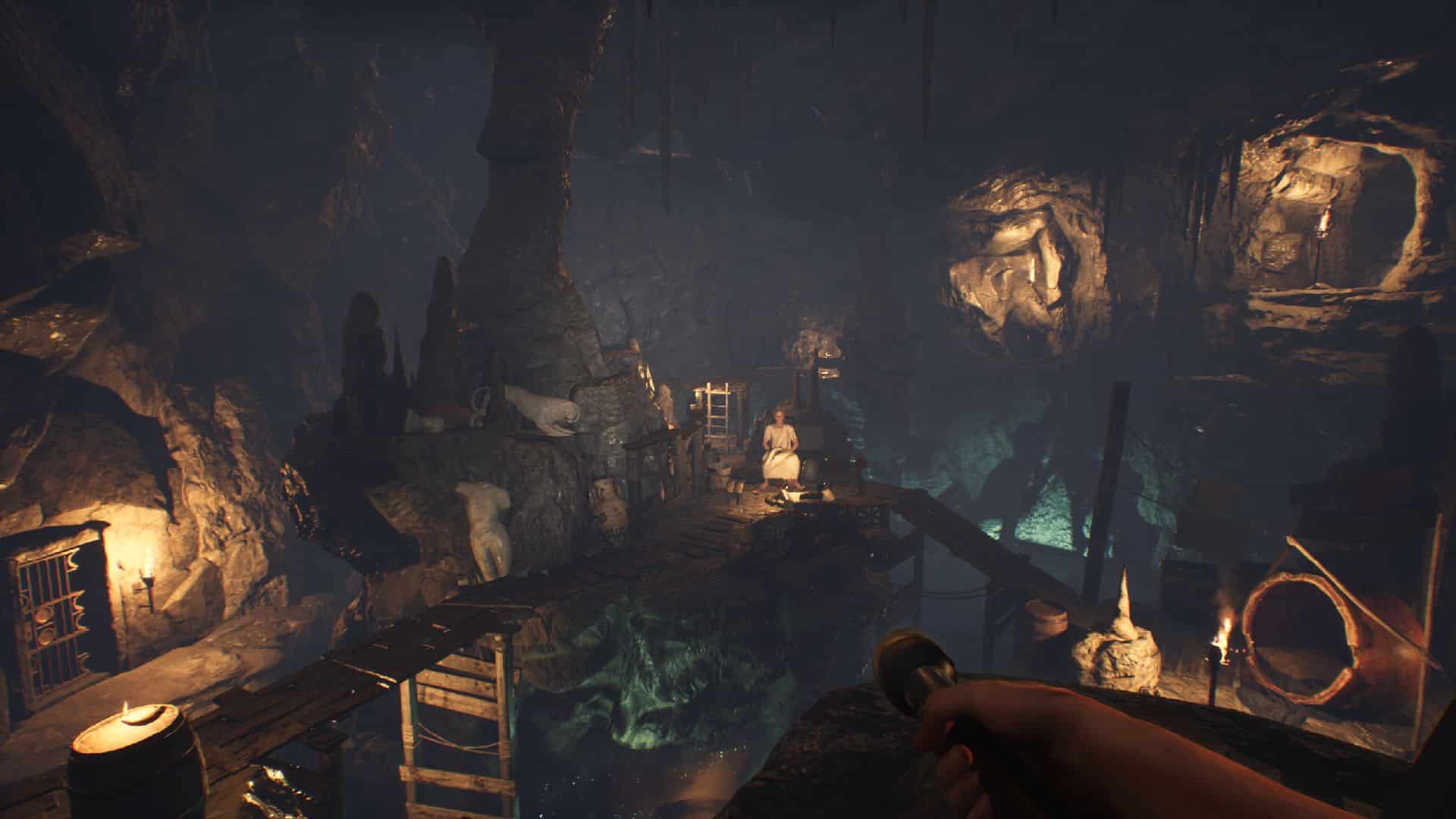
The Forgotten City’s success and reputation as a mod helped generate interest – not to mention a national screenwriting award. Some meetings went better than others, and one publisher eventually emerged as the ideal candidate.
Pearce opted to sign with French game publisher Dear Villagers, whose eclectic blend of published games ranging from deep narrative dives to action platformers includes A Normal Lost Phone; Bury Me, My Love; and Scourgebringer. He described the team as ‘commercially savvy’ and ‘the kind of people that I wanted to work with’.
Although the differing time zones meant evening meetings and late nights for Pearce, the significant benefit of having an overseas publisher soon became apparent.
‘They’re able to work while you’re asleep,’ Pearce said.
He found the time zone tag-team to be highly effective; completing work during the day and then handing tasks off to the Dear Villagers team during the Australian evening. By the next day, they had passed their progress on, essentially creating a 24-hour work cycle.
Along the way, Pearce enlisted a third Modern Storyteller member: environment artist John Eyre, who had previously worked for Brisbane indie studio Defiant Development on Hand of Fate 2. Three core members and multiple contractors later, the game they created would go on to capture audiences worldwide.
Not Soon Forgotten
The Forgotten City launched in late July 2021 to resounding critical success, including a five-star review on GamesHub. Review aggregate website Metacritic currently has the PC version sitting on an impressive score of 85, and the praise was music to its creator’s ears.
‘…seeing Game Informer call [The Forgotten City] a narrative masterpiece – that’s every narrative designer’s dream,’ Pearce said.
Unlike the film industry, where box office performance is public knowledge, videogame commercial data is considered sensitive information, not typically shared outside the confines of a developer-publisher relationship. Pearce could only offer that The Forgotten City‘s sales performance was ‘heading in the right direction’ alongside the strong critical consensus. On Steam, The Forgotten City has a coveted ‘Overwhelmingly Positive’ rating from nearly 2,500 player reviews – a significant measure of success.
Closer to home, at the Australian Game Developers Awards, The Forgotten City took home the highly-deserved ‘Excellence in Narrative’ award, affirming its prestigious status locally alongside international plaudits.
From Playing Impactful Games, to Making Them
When talking about his journey, Pearce doesn’t shy away from how difficult game development is. In fact, making a game wasn’t on his radar for quite some time: writing a book was.
‘I’d been writing a novel set in Ancient Rome for a few years before I got into modding, and when I did get into modding I realised I cared much more about videogame storytelling than I did about novel writing,’ Pearce said.
His work on the novel wasn’t for naught, as the wealth of research he’d accumulated throughout the process helped to smoothly translate The Forgotten City mod from its fantasy Skyrim origins into the full game’s more historically inspired setting.
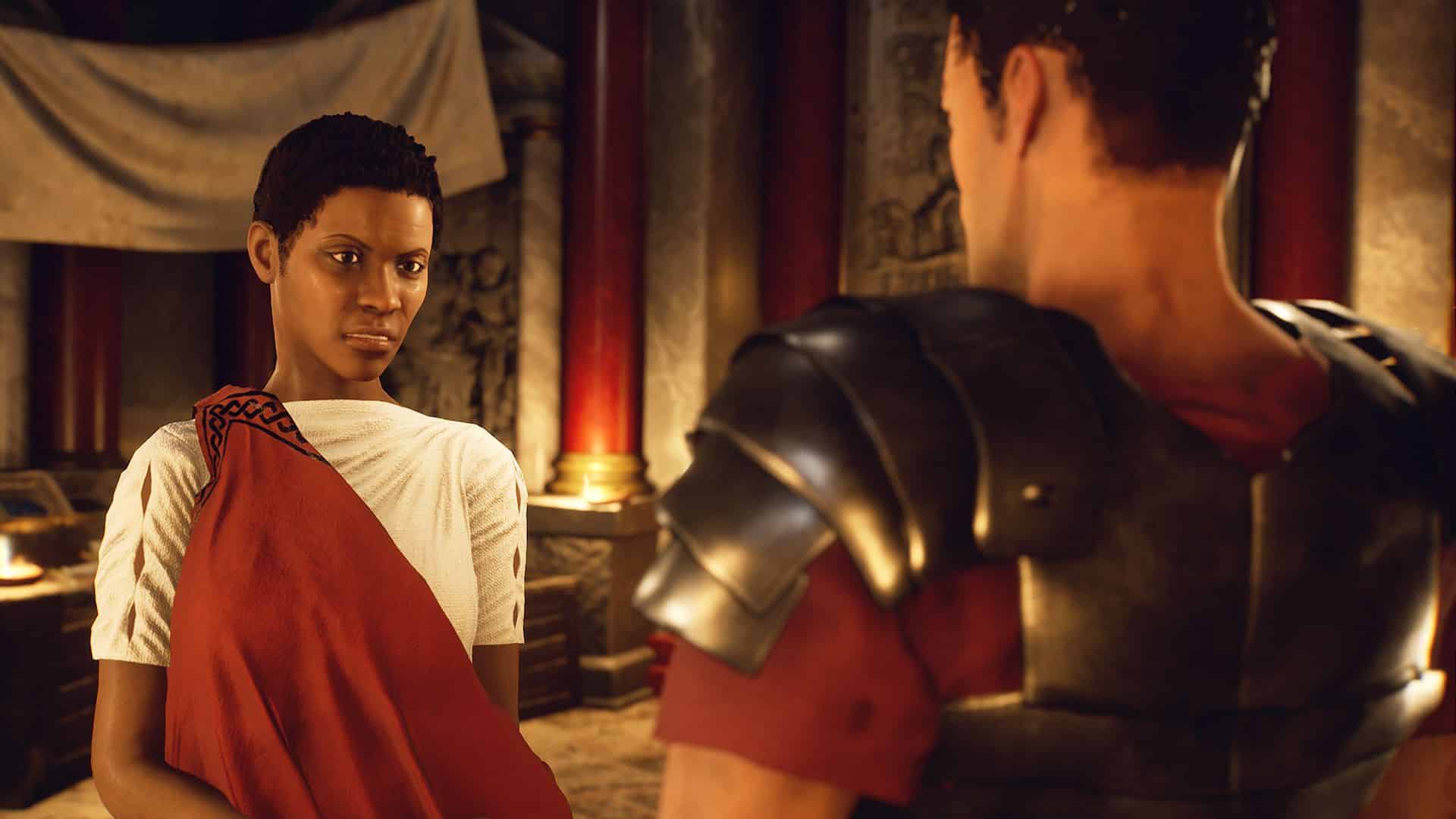
This translation worked well from several perspectives. Thematically, The Forgotten City‘s use of collective punishment tied into Ancient Roman mythology and the military practice of decimation, where one soldier would be executed for the crimes of another. Another benefit of blending historical, philosophical, and mythological aspects together was that Pearce could reference pre-existing cultures without needing to make everything from scratch.
For anyone looking to create a game of their own, Pearce recommends not rushing into the industry, citing his previous career as a valuable asset.
‘…I would strongly recommend having another career [before game development] because it does help you to build up a broad set of professional skills and have the bedrock of running a studio,’ Pearce said. ‘I don’t think I would have been able to pull this off if I’d just been a fresh high school or university graduate.’
‘Running a studio is hard work and requires a lot of you. You have to make a lot of good decisions and have a lot of things go right for you if you want to successfully launch a game. Having that broad professional background is remarkably helpful.’
Narrative designer gigs are even tougher to come by in Australia, with most openings for the specialist role located abroad. It’s something Pearce wrestled with, the lack of local opportunities, and identified modding as his pathway forward. Although he doesn’t view modding as a ‘golden path’ to success, it was one he was fortunate enough to cut through with off the back of its thriving community and satisfy his storytelling itch.
Read: Your games career as a: Narrative Designer
The Inspirations Behind The Forgotten City
When asked what games and media inspired and informed his approach to storytelling, the likes of BioWare’s Mass Effect and Dragon Age series came up, in addition to Sam Barlow’s indie full-motion video hit Her Story. It was Pearce’s first videogame purchase, made decades ago, that would open his eyes to the possibilities of interactive storytelling: a grand adventure starring wannabe pirate Guybrush Threepwood in The Secret of Monkey Island.
‘That purchase changed the course of my life – the story itself was just so wonderfully funny, captivating, and really quirky,’ Pearce said.
Deeply philosophical in its examination of society and culture, The Forgotten City also owes a lot to Star Trek: The Next Generation‘s intelligent approach to storytelling.
‘[Star Trek: The Next Generation] was a revolutionary show in that it showed you can tell a really exciting, thrilling story where the conflict comes from argumentation and words, not just guns and explosions,’ Pearce said. ‘A lot of shows tend to rely on action to generate a bit of excitement, which I find incredibly tedious.’
This ethos is reflected throughout the majority of The Forgotten City through its dialogue-based conflicts. Nearly every solution can be reached by using words over physical violence. Although combat plays a small role, the conversations between fully realised characters make up most of the game, allowing space to deeply explore thought-provoking philosophical themes. Additionally, dramatic music typically reserved for conventional videogame boss fights is used during pivotal discussions, alongside the significant tension of knowing that one wrong response is capable of dooming everyone.
In light of The Forgotten City‘s positive reception, it’s easy to say Pearce made the right decision making a videogame over publishing a novel. When you hear him speak about the interactive medium, however, it’s no wonder he made the call.
‘I personally find well-written videogame stories to be so much more engaging than any book I’ve ever read,’ Pearce said. ‘It comes down to the element of interactivity.’
‘With a videogame, if you’ve overcome a series of challenges or made decisions which have brought about a wonderful result – it can be a really powerful experience for a lot of people.’
The Forgotten City feels like an astoundingly serendipitous project to Pearce, one his whole life has led to. In high school, he studied ancient history, French, and won prizes for literature and debate. Some 20 years later, Pearce is an award-winning narrative designer who made a game about ancient history grounded in argumentation alongside a French publisher.
Now, a long-overdue break is on the cards. Exhausted after having worked upwards of 80-hour weeks for the past few years – something Pearce does not advocate or view as sustainable – he would’ve likely booked a Queensland resort holiday had it not been for lockdown.
In the meantime, his focus is to ‘practise some self-care for the first time in four-and-a-half years’ before moving on to the next project, of which several ideas are already percolating.
Whatever comes next, the legacy of The Forgotten City will be felt for years to come.
